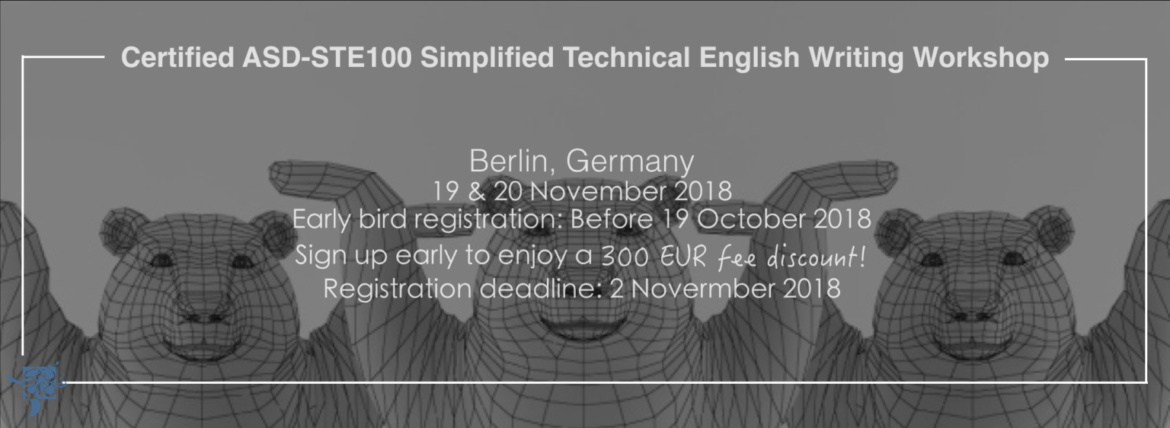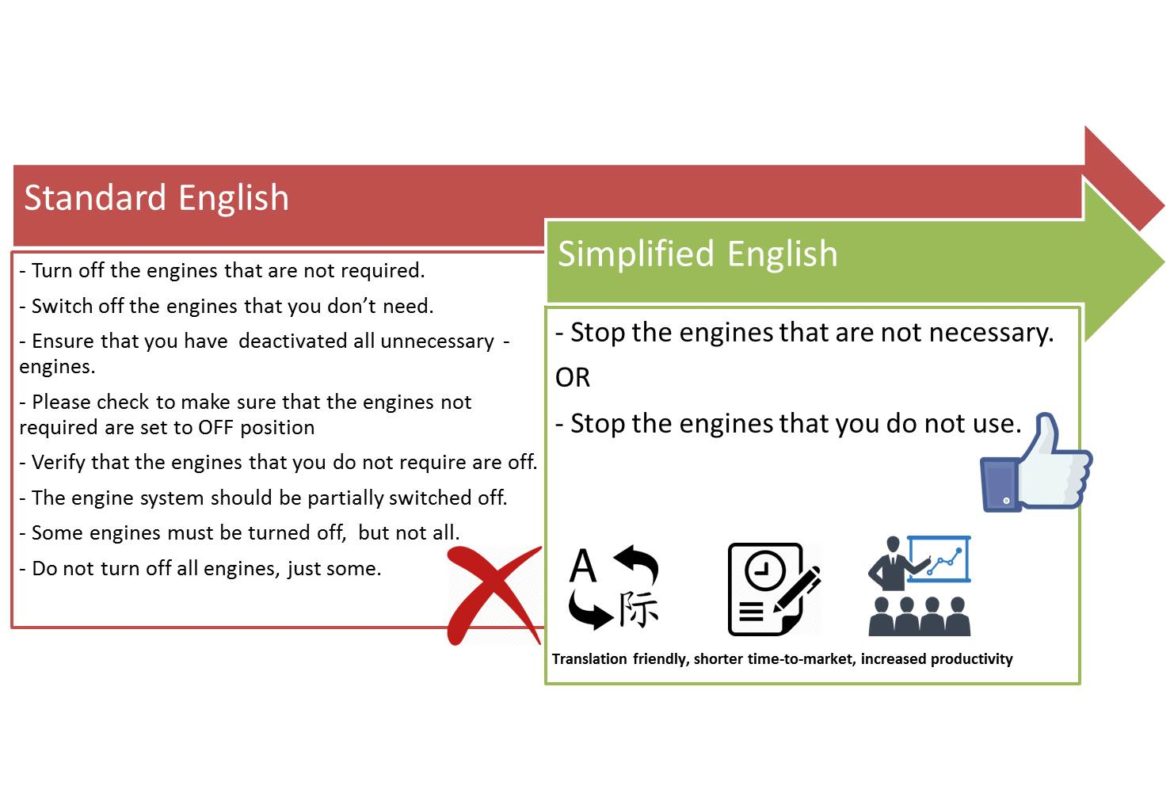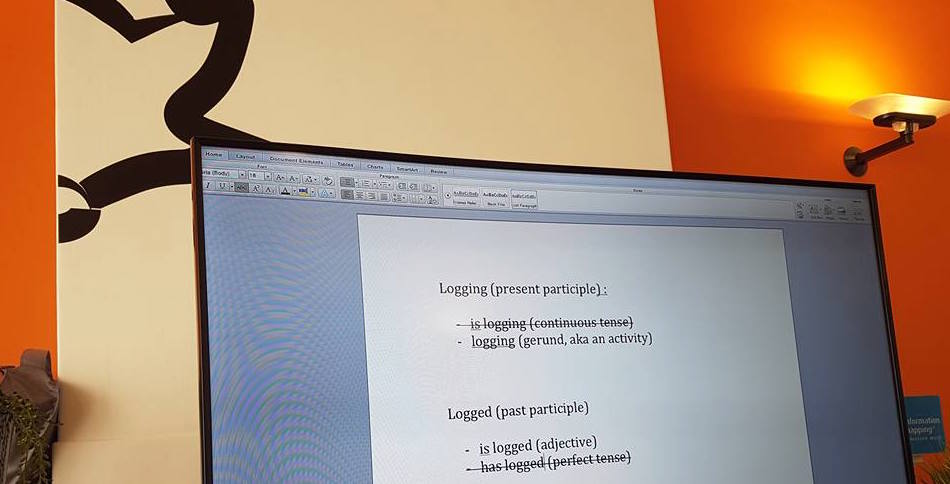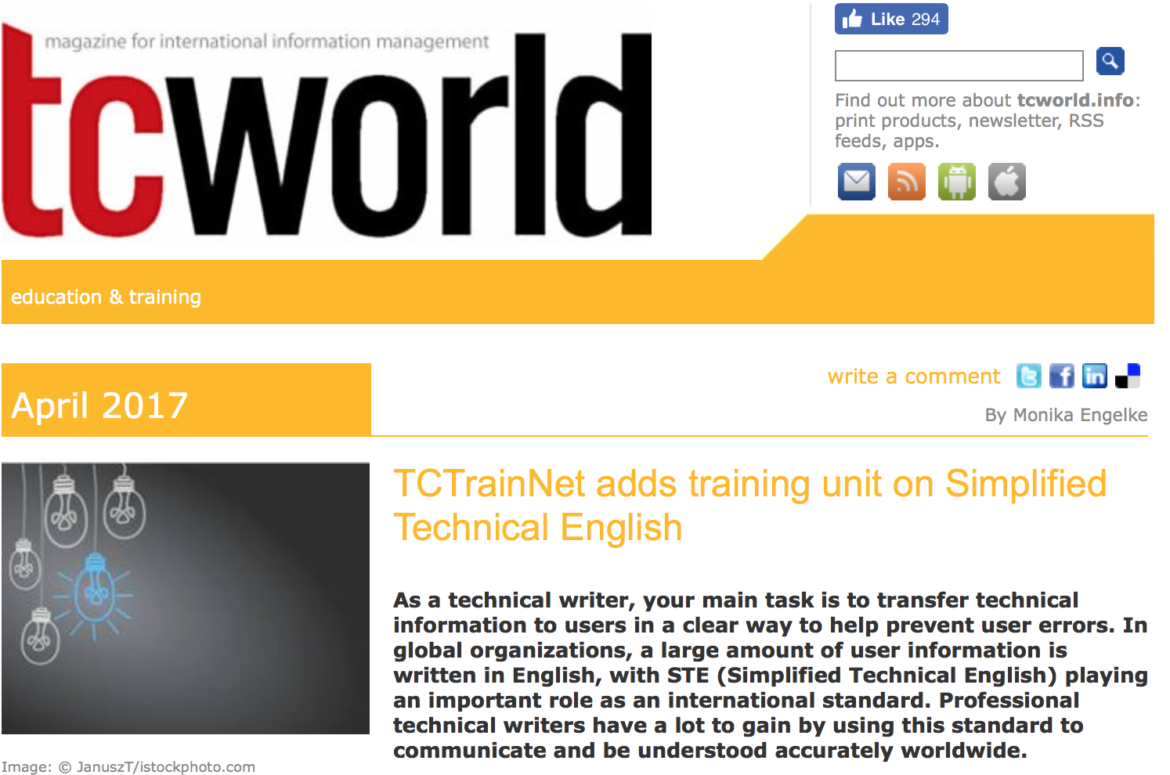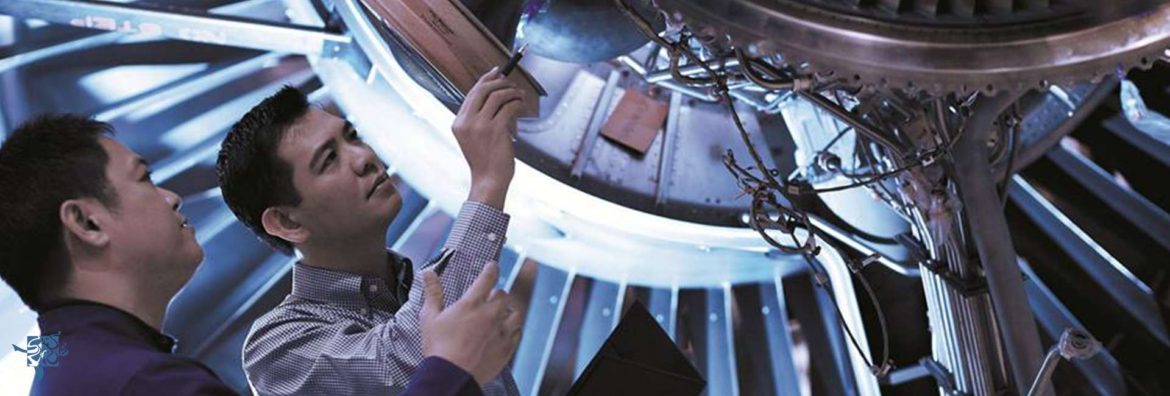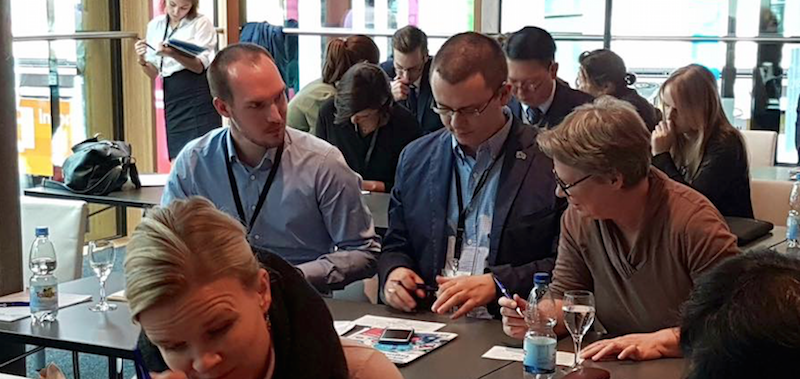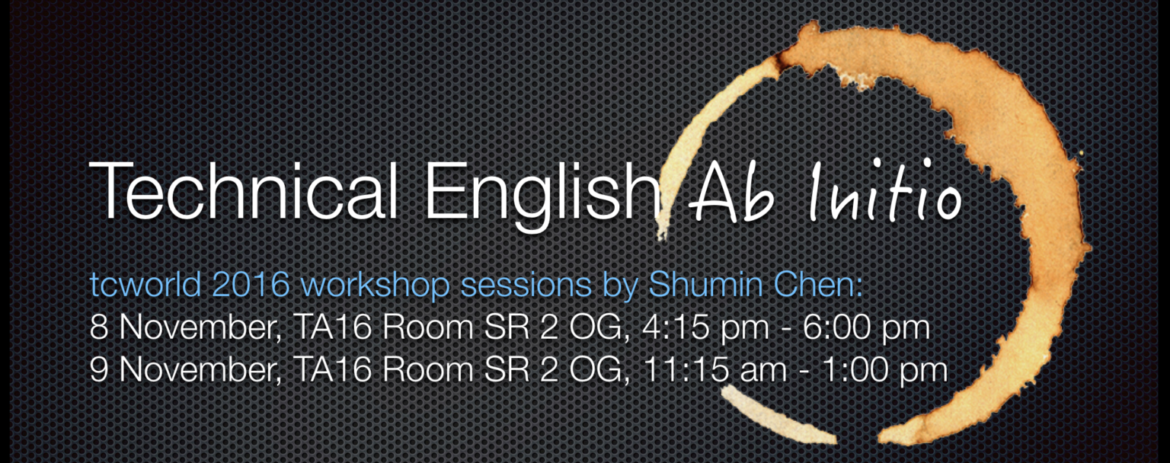Quick facts
Dates: 8 – 10 November 2017Location: Tokyo, Japan
Length of training: 3 days
Deadline for registration: 27 October 2017
Summary
The Kaizen 改善 methodology is a business philosophy of continuous improvement of working practices where changes are made in incremental, continual steps. Successful ASD-STE100 implementation assisted by the correct tools and technologies is no different. ASD-STE100 Simplified Technical English (STE) is a controlled language that is used to write technical manuals in such a way that they can be more easily understood by an international audience. The core principle of ASD-STE100 lies in the process of analysing existing documentation to form an efficient feedback loop. Through this reflective process, redundant and non-optimal work steps can be identified, reduced, and, or eliminated altogether. The result is an ongoing evolution in the way technical communication professionals write content in an ongoing effort to improve product efficiency, safety, and reliability.
Course outline*
Ms. Shumin Chen will teach participants how to correctly and effectively use STE in practice. She will also address some of the mistakes commonly found in technical writing and the frequently incorrect use of common STE writing rules.
- Introduction to ASD-STE100 & Related Technologies
- Practical overview of ASD-STE100 Simplified Technical English
- How STE helps both native & non-native speakers of English
- Writing rules and how to apply them in practice
- How to use the general vocabulary
- How to deal with industry-specific terminology
- How to use STE for various documentation types
- How to implement STE with minimal disruption to ongoing production and existing documentation
* Shufrans also offers customised ASD-STE100 training solutions tailored to meet your specific requirements. These courses are normally provided at the customer’s premises.
“STE is a ‘way of life’ in the field of technical writing and documentation. The ASD-STE100 exercises covered a wide spectrum of topics from choosing between approved and non-approved words to recreating documentation in STE. Shumin expertly guides us from classroom learning mode to real-life practical application of STE rules. The materials that she presented were informative and very convincing.” Martin Broekhuis, Technical Editor, Webasto.
Who should attend?
- Compliance managers
- CIO, COO, CTO
- Customer support managers
- Documentation managers
- Editors
- Engineering managers
- Engineers and SMEs who create documentation
- Graphics specialists
- ILS managers
- Maintenance managers
- Operation managers
- Product managers
- Project managers
- Quality managers
- Software research engineers
- Technical illustrators
- Technical writers
- Translation managers
- Translators
What training outcomes to expect?
Our interactive training, exercises and workshop, will teach participants to standardise content to:
- Author more efficiently
- Communicate more effectively with a global audience
- Improve operational safety
- Reduce AOG / downtime
- Facilitate modular writing and reuse
- Facilitate teamwork
- Facilitate translation
- Maximise consistency
- Optimise product lifecycle support
- Reduce the cost of creating and maintaining technical publications
Guest Speakers
Style Guide: Shigeko Takahashi, Heartiness Co.
UTX Terminology Management: Yuji Yamamoto, Cosmos House
XML Schematron rule check: Yasunori Kaneko
Machine Translation: Kozo Moriguchi, Kawamura International Co.
Trainer’s qualifications
Ms. Shumin Chen, principal trainer & consultant at Shufrans TechDocs, has supported various companies with their STE and other documentation needs, based on standards where possible. Although STE was developed for the aerospace industry, more specifically for aircraft maintenance documentation, Shumin found that it made a lot of sense to apply the same principles to other industries and types of documents as well. Few -if any- changes to the specification are necessary to adapt STE to industries ranging from machinery to IT, automotive to medical equipment. Shufrans TechDocs is the only company with such vast experience in providing certified STE training.
This training workshop is jointly organised in with InfoParse, our preferred training partner in Japan.


